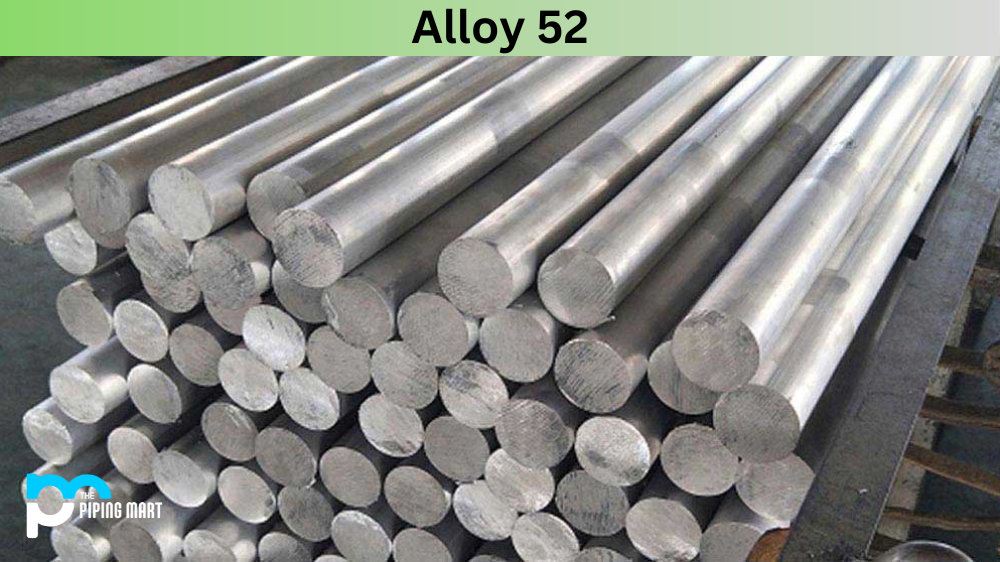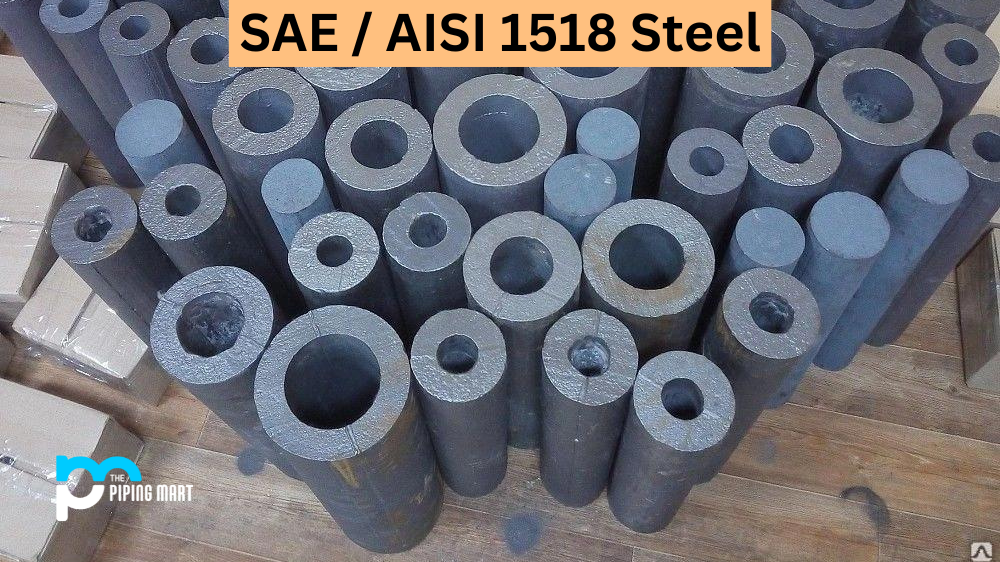Alloys are critical in engineering, with different compositions and properties catering to various applications. Today, we delve into Alloy 52, popularly in electronic applications, resistance and magnet wires. This blog highlights everything you need to know about Alloy 52, from its composition to mechanical and physical properties, corrosion resistance, heat treatment, machining, and welding.
What is Alloy 52?
Alloy 52 is a copper-nickel alloy composed of 52% nickel, 3.2% iron, and the remaining balance of other elements. It exhibits high strength and corrosion resistance and excellent wear resistance at high temperatures. The superior properties of this alloy make it ideal for fuel lines in aircraft engines, turbine blades, and pump parts that operate in elevated temperature environments.
Alloy 52 Composition
Alloy 52 is a nickel-iron alloy with a high percentage of niobium, chromium, and molybdenum. Its composition is around 49% nickel, 48% iron, and 2% niobium, with minor percentages of chromium, molybdenum, and manganese. The combination gives this alloy excellent resistance to corrosion, oxidation, and high-temperature environments.
| Element | Min % | Max % |
|---|---|---|
| Ni | 50.50 nominal | |
| Fe | bal | |
| Mn | – | 0.60 |
| Si | – | 0.30 |
| C | – | 0.05 |
| Cr | – | 0.25 |
| P | – | 0.025 |
| S | – | 0.03 |
| Al | – | 0.10 |
Alloy 52 Mechanical Properties
Alloy 52 exhibits excellent mechanical properties. Its density is approximately 8.22 g/cm³, with a melting point of 1400-1420°C. The tensile strength of Alloy 52 ranges between 800-1000 Mpa, complemented by its elongation and yield strength of 15% and 330 Mpa, respectively.
Alloy 52 Physical Properties
Alloy 52 is magnetic when it’s in its annealed state, and it becomes non-magnetic once it goes through a cold rolling process. It has a coefficient of expansion of 22.0 μm/m°C and a thermal conductivity of 11.5 W/m°C.
Alloy 52 Uses
Alloy 52 is commonly used in electronic applications, resistance, and magnet wires. It is also widely used in furnace components due to its excellent heat resistance, high strength, and high ductility. Additionally, it is used for transformers, core material, and capacitors, where it has higher permeability and lower core losses.
Alloy 52 Corrosion Resistance
Alloy 52 offers excellent resistance to corrosion and oxidation, making it ideal for use in high-temperature applications. Including niobium in the alloy composition optimizes its corrosion resistance, enabling it to resist chemical stress and hydrogen embrittlement.
Alloy 52 Heat Treatment
Alloy 52 can be annealed at temperatures ranging from 800-900°C, followed by rapid cooling. This heat treatment process enhances its magnetic properties in the annealed state, and it also provides relief from stress.
Alloy 52 Machining
Alloy 52 has a higher work-hardening rate than stainless steel’s austenitic grades. However, it can be readily machined using conventional turning, milling, and drilling methods.
Alloy 52 Welding
Alloy 52 can be welded using gas tungsten arc welding, plasma arc welding, and gas metal arc welding. Pre-heating the alloy before welding reduces the chances of cracking, and using a filler with a lower yield strength is recommended.
Conclusion
In conclusion, Alloy 52 is versatile in various applications due to its excellent mechanical and physical properties, corrosion resistance, heat treatment, and machinability. With a high percentage of niobium, chromium, and molybdenum, Alloy 52 offers superior resistance to chemicals and high temperatures. Its magnetic properties are configurable through heat treatment and compatible with different welding techniques. Whether you’re looking to use it in electronics or furnace materials, Alloy 52 is an excellent choice.

Meet Bhavesh, a seasoned blogger with a wealth of knowledge and experience. From metal products manufacturing to retail, Bhavesh has a diverse background in various industries and is dedicated to sharing his insights and expertise with readers.




